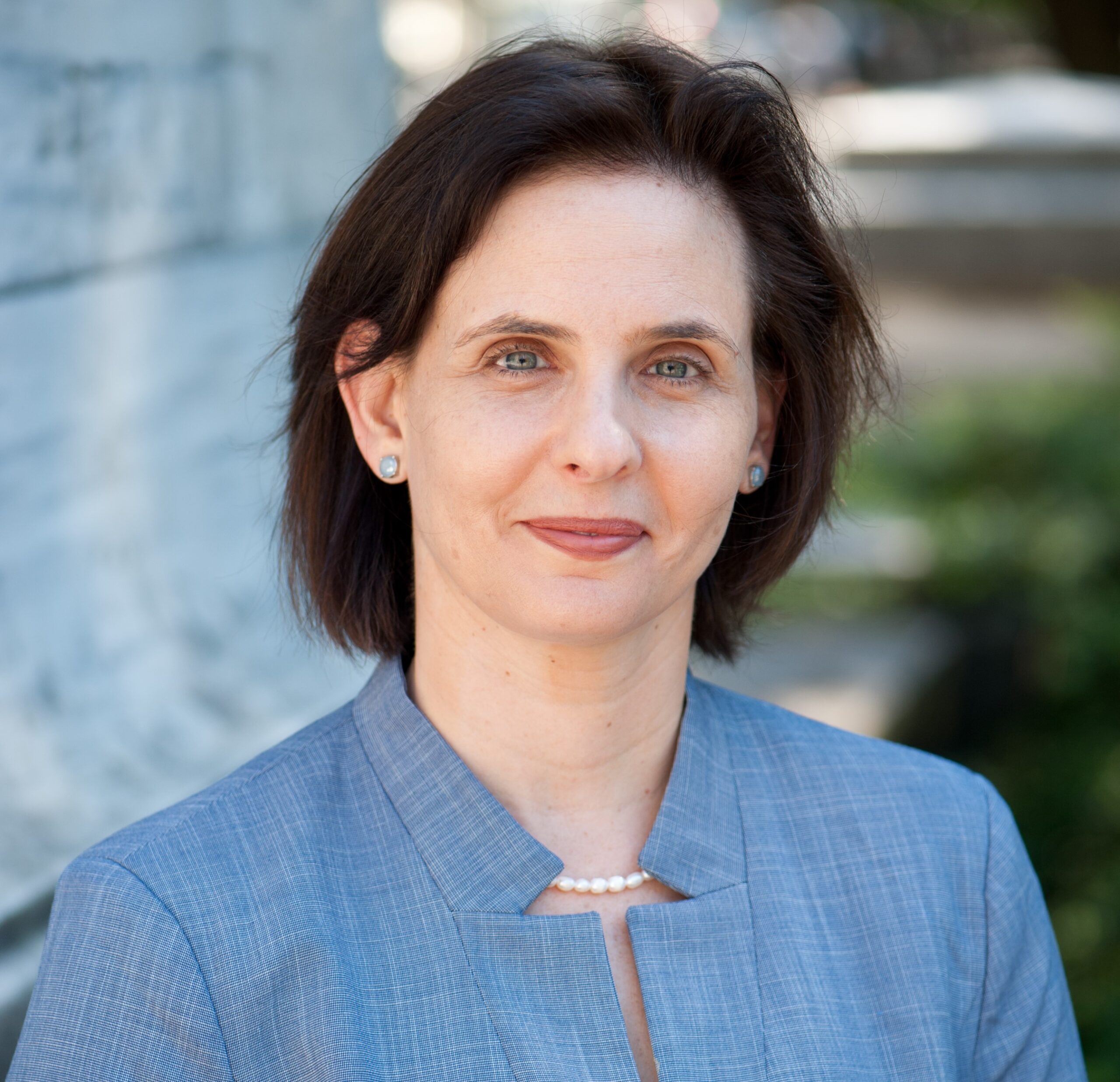Prayer as Resonance

A few years ago, during a Shabbat retreat, I joined a song circle to escort Shabbat out. We were in the middle of what I thought was a very spirited performance, when the song leader interrupted the singing and gently nudged us: “If the volume of your voice is preventing you from listening to your neighbors voices, then you are singing too loud!” In response to her prodding, we all adjusted the volume of our voices and as a result, started to produce a much more harmonious sound, turning what was an emotional experience into a spiritual one.
According to sociologist Harmut Rosa, the main role of rituals is to produce axes of resonance, through which we not only affect but also open ourselves to being affected by God, people, and even things around us. In conceiving of Jewish prayer, our ancient rabbis indicate a concern with creating resonance, by balancing “affecting” and “being affected.”
Tractate Brachot (26b) speaks of two paradigms that have served as inspiration for the development of the Amidah, the core of the Jewish worship service. According to the first paradigm, תפלות אבות תקנום, the Amidah was instituted by the patriarchs and their distinctive ways of reaching out toward God. This paradigm underlines the “affecting” side of resonance, defining prayer as a particular response in the face of our unique life experiences. Under this model, through prayer, we put forth our concerns and desires in the hopes that they will catalyze some change around us, no matter how small it is.
According to the second paradigm, תפלות כנגד תמידין תקנום, the Amidah was instituted to correspond to the regular daily offerings at the Temple, and their communal choreographed aspect. This paradigm emphasizes the “being affected” side of resonance, defining prayer as a harmonious collective creation, just as the melody that the song leader back in the Shabbat retreat was inviting us to produce.
But how exactly do the תמידין, the daily Temple offerings, role model a disposition to being affected, which is so vital for resonance?
According to Yeshayahu Leibowitz, Parashat Tzav opens with the description of the daily communal offering, which is known in other places in the Bible as the עֹלַ֤ת תָּמִיד (the regular burnt-offering) and which, in the Talmud, serves as model for the Amidah. Given this offering’s communal nature, it is surprising that in this parashah, the Torah singles out the individual priest who will be in charge of the offering, instead of addressing the collective בְּנֵ֨י אַהֲרֹ֤ן הַכֹּֽהֲנִים (sons of Aaron, the priests), like it does in other places:
וְלָבַ֨שׁ הַכֹּהֵ֜ן מִדּ֣וֹ בַ֗ד … וְהֵרִ֣ים אֶת־הַדֶּ֗שֶׁן אֲשֶׁ֨ר תֹּאכַ֥ל הָאֵ֛שׁ אֶת־הָעֹלָ֖ה עַל־הַמִּזְבֵּ֑חַ וְשָׂמ֕וֹ אֵ֖צֶל הַמִּזְבֵּֽחַ׃
The priest shall dress in linen raiment, … and he shall take up the ashes to which the fire has reduced the burnt offering on the altar and place them beside the altar.
(Lev. 6:3)
Given that the Torah (Exod. 28:43) has already warned that all priests should wear special garments every time they approach the altar to officiate in the sanctuary, why does it repeat the garment requirement? Also, why in other places the Torah refers to the priest’s clothing as כֻּתֹּנֶת (kutonet/tunic), but here it refers to it as ֹמִדּ֣וֹ בַ֗ד (mido bad/linen raiment)?
Rashi explains that the requirement of the priest garment is being repeated here to specify that the tunic has to be made according to the exact measures of the priest’s body (therefore the name מִדּו/Mido, literally, his size). Noam Elimelekh reads this interpretation metaphorically: the priest has to come into this ritual wearing his personal and unique qualities (מִדּות).
Were the ritual dressing to stop here, with the priest bringing forward to the offering his particular self, it would be simply another expression of “affecting” and not have the necessary qualities of “openness to being affected,” so necessary for resonance to take place. But the Torah continues:
וּפָשַׁט֙ אֶת־בְּגָדָ֔יו וְלָבַ֖שׁ בְּגָדִ֣ים אֲחֵרִ֑ים וְהוֹצִ֤יא אֶת־הַדֶּ֙שֶׁן֙ אֶל־מִח֣וּץ לַֽמַּחֲנֶ֔ה אֶל־מָק֖וֹם טָהֽוֹר׃
He shall then take off his vestments and put on other vestments and carry the ashes outside the camp to a pure place.
(Lev. 6:4)
Why does the priest take off one garment and put on another one prior to bringing the ashes outside the camp? And how is the second garment different from the first one?
According to Gersonides, the second set of garments are also holy garments, otherwise the Torah would not have gone out of its way to say that the priest should dress in them. However, the second clothes are פחותים מהראשונים (less than the first ones). Following Noam Elimelekh’s metaphorical reading of the clothes: throughout the ritual of disposing the ashes the priest needs to contract and readjust himself to a more balanced presence in the world.
In a society that privileges authenticity and self-expression, the second paradigm of prayer can be challenging and underappreciated. Philosopher Byung-Chul Han claims that such a society puts us in a habitual mode of production of the self, where we are constantly strengthening our persona. As a result, we become experts in the art of affecting, but compromise our ability to enter into relationships “outside the boundaries of the self,” in which we are open enough to be affected or reached by others. That creates a crisis of resonance and without resonance, we become isolated, lonely, even depressed.
According to Moshe Halbertal, the fact that so many rabbinic practices “modeled after the sacrifice, and kept its ethos and drive” indicates that there is something about sacrifice that is essential to human expression and life. When it comes to prayer, the תמידין, the daily Temple offerings, teach us the vital gesture of modulating ourselves so resonance and real connections can be made possible.
The publication and distribution of the JTS Commentary are made possible by a generous grant from Rita Dee (z”l) and Harold Hassenfeld (z”l).



